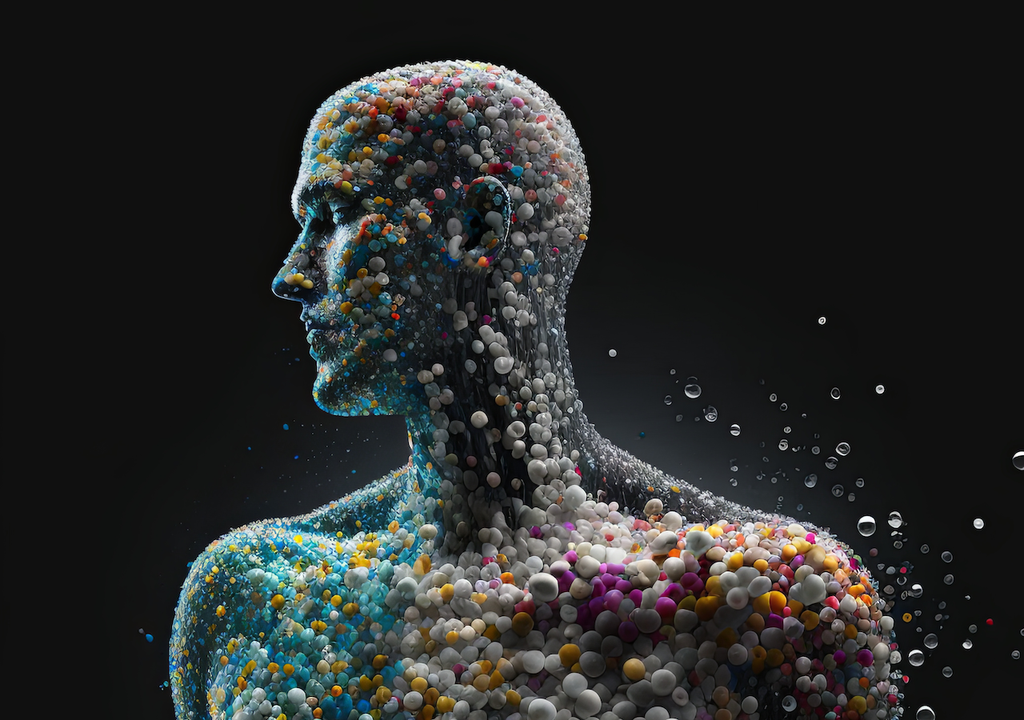Plastic has been found in the human brain and concentrations are increasing with time, preprint states
Plastic shards on a nanometre scale have been identified in the human brain. What's worse, the amount has increased over time, and a particular kind of plastic seems to be prone to accumulate in the brain.

Global concentrations of micro and nanoplastics have already been found in human organs from the placenta to the lungs. Researchers recently compared nanoplastics present in kidneys, livers and the brain, to find alarming concentrations in the brain.
The team conducted autopsies which showed that brains had more nanoplastics than livers or kidneys. Increases were seen from 2016 to 2024, where polyethylene was the main plastic polymer found, and the most common in brain samples compared to the liver or kidney.
In their preprint, they concluded that plastic concentrations were 7-30 times the concentrations found in livers or kidneys, reporting that their laboratory and visual evidence gives high confidence that nanoparticles accumulate in the brain in particular, appearing as nano–metre long shards.
The authors described these as “aged, shard-like plastics remnants across a wide range of sizes” as revealed by transmission electron microscopy, which verified the nanoscale sizes of these isolated particles.
Perhaps the most alarming news is that these plastic nanoparticles are particularly building up in the human brain and their concentrations are rising over time. That is according to their study which as of 22 August is still undergoing the peer review process in a journal.
A plastic problem of modern times
Microplastics and nanoplastics range from 500 micrometres in diameter down to 1 nanometre. This is “a defining feature of the Anthropocene period” the authors say in their preprint paper.
The extent of plastic's toxicity or harm to our biological systems is not immediately apparent, but there has been research showing nanoparticles or microparticles enhancing inflammation in certain parts of the body.
It would be even more mysterious why nanoplastics accumulate in particular in the brain and the consequences of this - the brain being such a complicated and misunderstood organ. This brings concerns to the medical community about brain health and those vulnerable with neurological diseases like Alzheimer’s disease.
These findings are alarming in particular since the amount of nanoparticles in the brain is expected to increase exponentially as more and more microplastics enter the environment. However, more studies will be need in this topic, with more complex study designs and larger scale sampling to further refine and solidify these claims. The article itself will also need to finish its peer-review process to be considered credible and citable scientific literature, for these worrying claims can be confidently made.
Source of the preprint:
Campen et al. Bioaccumulation of Microplastics in Decedent Human Brains Assessed by Pyrolysis Gas Chromatography-Mass Spectrometry. Version 1. Res Sq. Preprint. 2024 May 6. doi: 10.21203/rs.3.rs-4345687/v1








